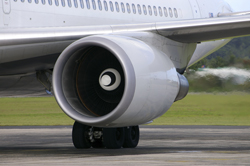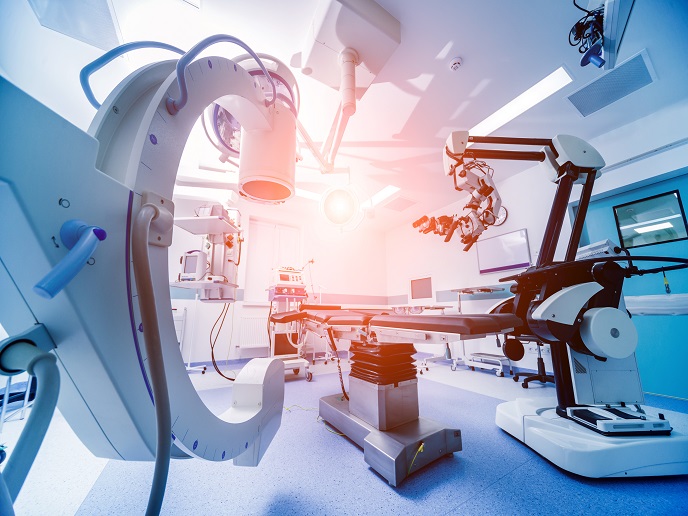Simulating airplane noise for reduction methods
Growing cities combined with increasing air travel have made reducing noise emissions one of the priorities of the airline industry and its regulators. Mathematical models that predict the behaviour of complex systems under various conditions are indispensable tools in a designer's toolbox. This is particularly pertinent for large and expensive equipment, as the models can save significant time and money compared to a trial and error method. Scientists initiated the EU-funded project 'Advanced turbofan-equipped aircraft noise model' (FLIGHT-NOISE) to develop complex mathematical descriptions of noise production and propagation required for improved low-noise designs. The models are detailed and comprehensive, covering aircraft configurations, the engine, flight mechanics and noise. The latter consist of individual models of all the main sources and methods of propagation of noise, with a focus on predicting noise detected at ground receivers (as a person would hear it). Scientists divided the noise sources into two categories. Noise related to propulsion, or engine-associated noise, consists of that due to the main engine components (fan, compressor, combustor, auxiliary power unit or APU, etc.). The category of noise related to the airframe itself (non-propulsion) took into account the lifting surfaces and high-lift systems. Interference models were also developed to describe effects produced by interactions between two or more components. Propagation models describe noise propagation in free space (no obstructions, as per International Organization for Standardization (ISO) definitions) as well as the effects of wind, humidity, temperature gradients and ground effects. All models have been validated from the component level up to the aircraft-in-flight level, the latter with both synthetic and real trajectories, and code has been compared to other models used by industry with good results. The final version enables the prediction of aircraft emissions for common commercial turbofan planes and should speed up the design and certification process while significantly decreasing associated costs.







